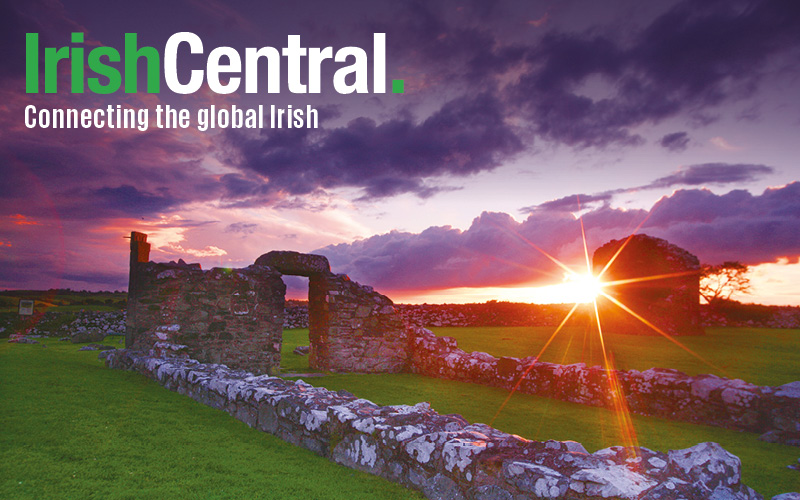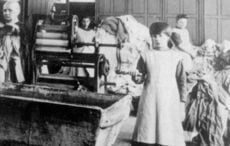A photo is a wonderful medium because it can tell a story in a thousand or ten thousand words depending on what proverb you adhere to and what kind of memories it unleashes. And photography’s ability to enhance other artistic endeavors allows for a greater appreciation by for the sympathetic and skillful lensmen who captures a certain place and time as a visual record of social importance. Traditional music feeds on such documentation of a broad community that cherishes both the roots and the preservation wherever it may be, but two of the most important are the Scoil Samhraidh Willie Clancy in Co. Clare and its American cousin, the Catskills Irish Arts Week in East Durham. Both are blessed with extraordinary photographers in Timothy Raab and Tony Kearns who share the passion for their respective musical week-long celebrations, and do their utmost to convey their essence through their craft and deserve a little exposure of their own. The famed Irish traditional music festival named in honor of the piping legend Clancy was established in 1973 in Miltown Malbay on the beautiful west coast of Clare and maintains its status as the Mecca for traditional music and dance aficionados worldwide. Its success is due in part to the fact that many of Ireland’s direct tradition bearers played, sang and danced alongside enthusiastic visitors to the Banner county seeking the pure drop. In 1991 Kearns, from the Dublin area, discovered the annual July festival and quickly documented many great scenes in his stark and revealing black and white images right up to the present day serving as the official photographer of the event with his handiwork on display every year. Along with writer Barry Taylor, Kearns published Touchstone for the Tradition: The Willie Clancy Summer School in 2003 that featured a history of the program’s 30 years and photos, including Kearns’ photos from the prior decade. As his work continued in Miltown he amassed some 700 photos from 1992-2007 of the classes, ceilithe, sessions and concerts that characterized the week, along with many great portraits of the great Clare musicians down through the years who embodied and reveled in the ongoing tribute to the Clare piper Clancy. All were stored in the Irish Traditional Music Archive in Dublin, and 130 were selected for publication last November in his own book Music & Light: Ceol & Solas under the Deis initiative of the Arts Council in Ireland. Director of the ITMA Nicholas Carolan provided a foreword emphasizing the importance of the photographic documentation of truly historic moments and people in Irish music, which was further acknowledged by the Clancy school co-directors Muiris O Rochain and Harry Hughes. The book is available for $45 by mail through Kearns’ website at www.tonykearns.net, where there is also a sizeable sampling of his work at Willieweek and prints for sale. Operating in a very different environ in upstate, New York, the Albany-based commercial photographer Raab is as much an artistic presence at the annual Catskills Irish Arts Week (also in July) as any of the prestigious faculty members invited to teach and perform there each year. Raab has attended the summer school each year that I have served as the artistic director going back to 2004, but the quality of his work leapt out at me in 2005 when he first shared with me many of the images that helped define the week. Making the transition to digital photography then, he also cleverly added actual sound bites captured on the camera recorder that truly delivered sight and sound together, freezing the very moment in time for those who were present or for those who were not. Recognizing that the Catskills week needed some strong visual way to properly express its myriad daily activities, Raab’s photojournalistic skills and passionate work ethic led me to hire him as the staff photographer in 2006, and his contributions have grown exponentially each year along with the quality of his work. While his methodology may be akin to those who shoot “Day in the Life” projects, the 16-18 hour days he logs each July from morning classes to lectures, concerts and late night and early morning sessions is more like living the life of the performers and students who refuse to let time be their master. Knowing what to look for in his shoots, and backing off when intrusiveness can be a nuisance when people are enjoying themselves, shows an artistic awareness and courtesy as well, even though many people now recognize his creative genius at work and at play. With 30 years in the business coaxing polished photos out of darkroom negatives and now photoshopped perfection out of digital images captured on more advanced equipment for shooting and recording, he has set a new standard in his pioneering work for the Catskills week. The commitment extends to 2-3 months after the summer squeezing in time in between commercial shoots and other work when he can produce his annual photographic essay. Its much anticipated arrival creates a twofold excitement because it not only provides an opportunity to “revisit” many of the highlights of the previous summer school, but it creates a buzz for the upcoming year as well as the “craic heads” (Irish meaning only intended) who can picture themselves in many of the colorful venues displayed through Raab’s lens. This year’s photographic essay (www.timraabnorthern.com/CIAW08/) published this week continues the montage motif that assembles a series of photos organized about an event, complete with the actual sound bites produced at the time of capture. You can follow the historic evolution and history of Raab’s photo essays from 2005 to 2007 also at www.east-durham.org/ irishartsweek. Perhaps a book will ensue from his Catskills work, but finding the time and sponsorship would require more than a 24-hour day which even Raab would have to admit is a challenge.




Comments